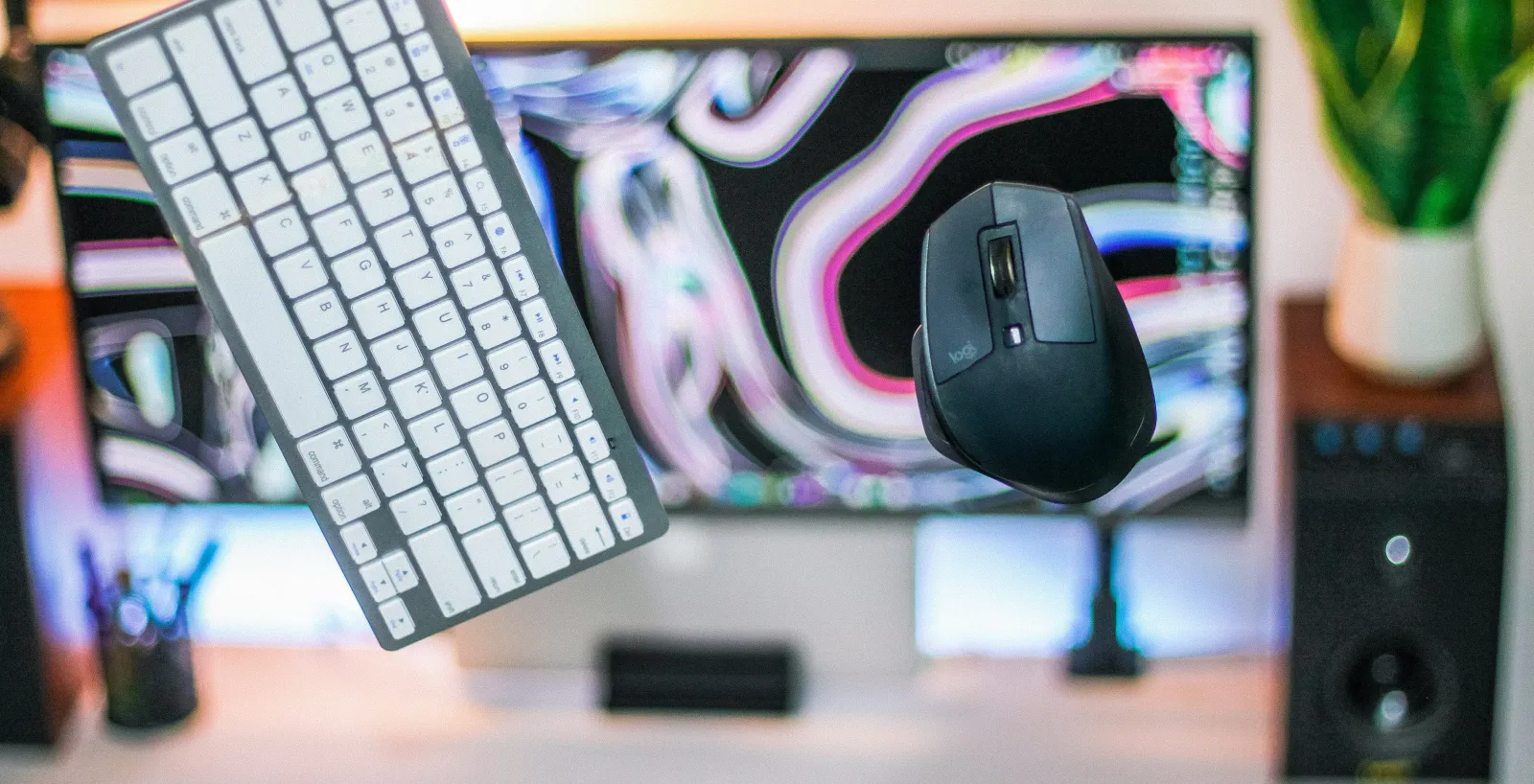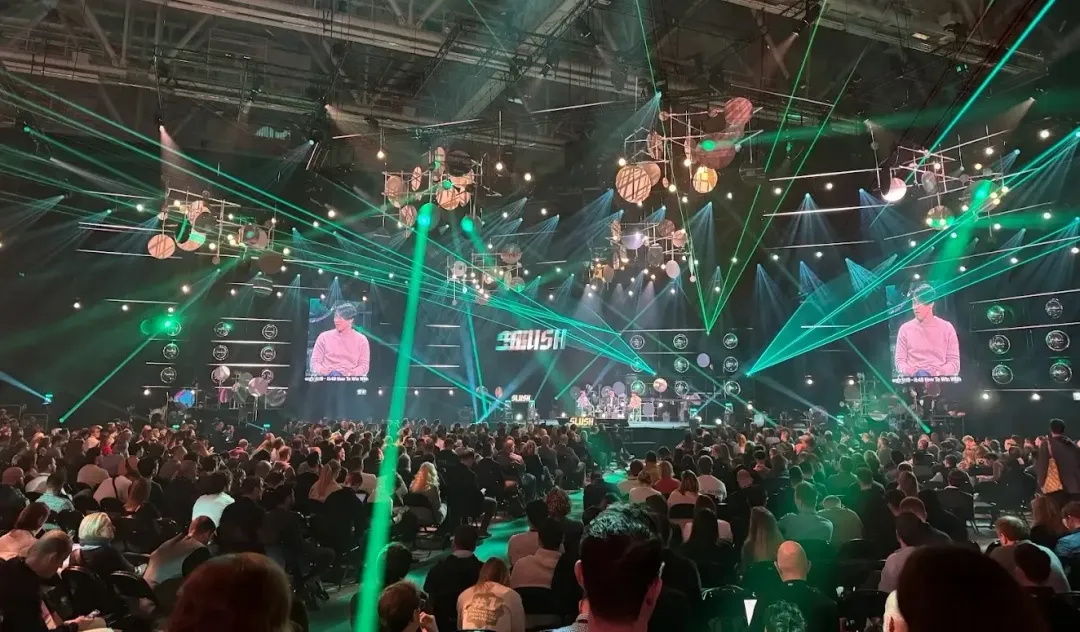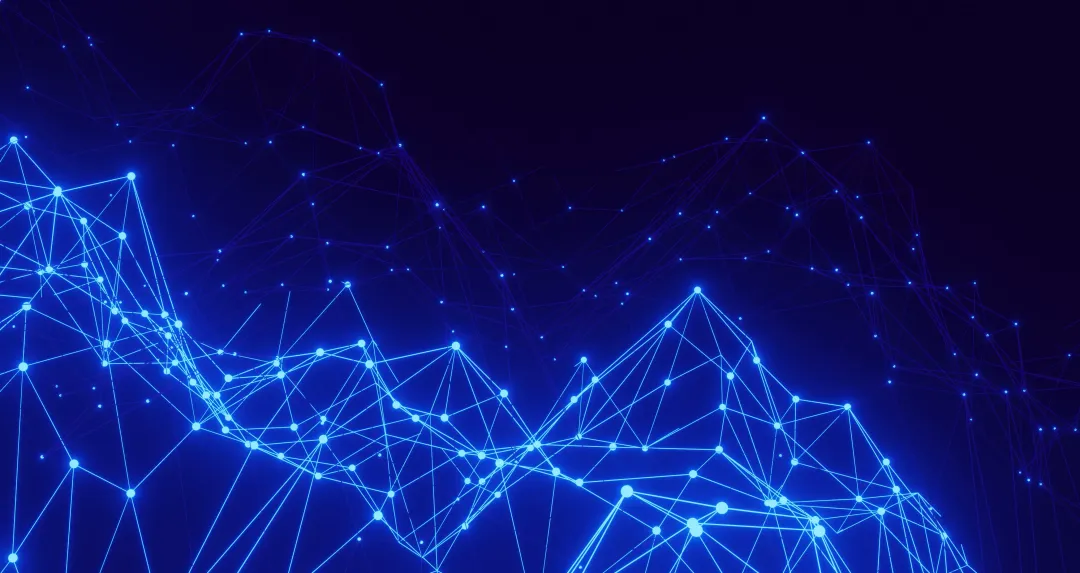
Maria Chojnowska
9 February 2023, 7 min read

What's inside
With the arrival of 2023, most people are wondering what will happen in the tech world. In this article, we will take a brief look at the most exciting technology trends that have the potential to be the “next big thing”. This may help you determine if your product can expand into these areas, or maybe you can figure out an idea for your startup - because if some part of technology is treated as “upcoming,” it’s much easier to gather funding for this type of product.
Trends:
Artificial Intelligence
Yeah, I know, it’s been around for some time. And in my personal opinion, it is bound to stay that way for years to come. That’s why I put it in the first place.
In 2023 there is a big chance that it will become a vital part of organizations, especially with growing interest in so-called “no-code” AI with easy-to-use interfaces. This will allow people with less tech experience to benefit from this trend.
For now, we can see its power in e-commerce, as products use AI for recommendation engines (e.g., Stitch Fix).
Another interesting trend is autonomous shopping, which is supposed to make our lives much easier with contactless delivery and payments.
In my opinion, process management, retail, and any prediction mechanisms will be heavily influenced by this trend - that’s why it is so interesting to follow.
Connecting the digital world to the physical one
For years now, we have seen that many products want to help connect the digital world to the physical one. One of those products is 3D printing which already helps many industries and individuals push accessibility in their everyday life.
But another interesting trend is Digital Twins.
It’s a trend that is very useful in the manufacturing process, as it allows the creation of a “digital twin” of any physical product - this allows various tests that would be extremely expensive if they were to be run in real life. Once the products are tweaked, many of those designs can be brought to life through 3D printing technology.
As we also know, IoT is becoming more and more popular. But how does it affect the “digital twins” trend? It’s easy - through many sensors connected to the cloud, engineers can gather data from real-life examples and implement them into virtual models to make the effects of their tests as close to reality as possible.
Quantum computing
Of course, quantum computing has been around for some time now, but just now, it has a growing chance to become a part of our everyday lives. Quantum computing uses subatomic particles to create new means of processing and storing data. It’s an unimaginable leap in efficiency, as quantum computers can be a trillion times faster than traditional ones.
On the one hand, it creates numerous possibilities (together with AI, machine learning, and virtual reality models), but it also creates a huge risk. Of course, this is just theory, as some encryption algorithms (like AES-256) are considered non-breakable. Still, we are well aware of the fact that not all companies and governments are using the latest technology when it comes to data protection.
Green Technology
As you all know, climate change is a quickly rising problem that touches all of our lives.
We will see a huge rise in products trying to tackle this problem. Of course, there will be some that are not software-related, like developing clean hydrogen fuel or decentralized power grids. But as we know from the previous points I mentioned, AI, big data, and quantum computing can make the process of prototyping, testing, and validating so much easier. That is why I put this among all those trends, as I believe it is also a software-related problem.
Imagine also using a growing IoT sensors network and analyzing this enormous amount of data. Together with AI that can analyze the past, implement scientific models, and predict the future, it will make the job much easier.
Autonomous systems
Another growing trend that is supposed to be one of the next “big things” is the expansion and use of autonomous systems.
Of course, most of us will think of Tesla's autonomous vehicles, but that is not the point here. What Tesla does only shows the potential. The actual value will be in delivery and logistics. Using this technology in those areas can significantly increase productivity and lower costs - which (at least in theory) should make all of our lives a bit easier.
Some companies are already using it - a good example may be Ocado (UK online supermarket), which uses autonomous robots in their warehouses. Naturally, they also use AI to analyze which products will be most popular at a given time.
It is also heard that they are planning to white label this technology and sell it to other retailers.
Big Data & Machine learning
I guess that so far, it’s visible that Big Data & Machine learning technology is somehow the key to everything.
All those things I mentioned above (and will say below) heavily depend on those two. That is why I am almost sure that this tech is still one of the most important. It helps businesses worldwide find new opportunities and improve their current business models to stay competitive in the ever-changing market. And as I mentioned - it’s not something new. This technology has been around for quite some time, but finally, we are beginning to see its true potential - and I believe that a lot of it is still to be discovered.
Predictive analytics
One of the trends that relates to Big Data & Machine Learning is predictive analytics. Data is one of the most valued assets nowadays, and predictive analytics takes this asset's meaning to another level. It can be used in almost any industry - beginning with retail (planning stock replenishment) through security (identifying frauds) to med-tech (predicting health issues before they arise or finding the factors that influence certain diseases).
Gene editing
Normally, I would say “last but not least”. In this case, it’s neither last nor least. But if I want to keep this article short and readable over morning coffee, I have to limit myself and pick just the most interesting technology trends. And I saved this one for the end, as it is the most outstanding and sci-fi-like one.
In 2020, the creators of CRISPR-Cas9 (the gene editing technology) won a Nobel prize. Which already showed that this is something to watch. It has been used mainly as a research tool to understand the importance of given genes and discover new cures. Three years ago, the first person received gene-editing therapy, and till now, it has been used to treat congenital blindness, heart diseases, and sickle cell disease (but not only). For now, the treatments are connected to single-gene mutation, but it is predicted that shortly scientists will be able to treat conditions like Alzheimer's or chronic pain.
Summary
As you see, 2023 is bound to be interesting. Many tech trends are worth observing; naturally, I haven’t listed all of them - I merely touched the surface here. In my opinion, the one factor combining all of them is the use of Big Data and Machine learning. That is why I would closely examine this given part of the tech industry. And as you probably know, here at Sunscrapers, we are dedicating a lot of power to being experts in this area - that’s why we invite you to a discussion about the use of Data Engineering and Machine Learning in your current or new project.
Contact us at [email protected]


